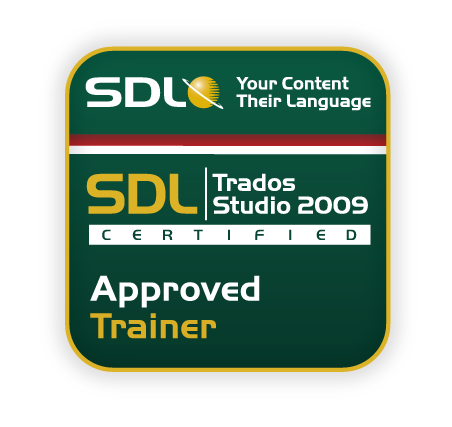![]()
![]()
While studying for the Trados Studio Certification exams this week, I was reminded of a couple of features that I had forgotten, and I thought to share them here.
The Show Translated Terms (Shift+Ctrl+L) command opens a QuickPlace list that includes only the suggested term translations from the active termbases (without showing any AutoSuggestion entries). Note that this is a different QuickPlace list than the one you would use for inserting tags and other placeables. I find this useful when the termbase entry doesn’t get inserted normally through the AutoSuggest feature because of the case sensitivity. This happens, for example, when the termbase match is in upper case in the termbase but I’m typing it in lower case into the target field. This AutoSuggest case sensitivity affects both termbase and AutoSuggest dictionary entries, and is quite annoying. Anyhow, with the Shift+Ctrl+L command I can get the termbase suggestions easily inserted regardless of the case. Another alternative is the Insert Term Translation button in the Term Recognition window if you prefer using a mouse. Of course, the best alternative would be to be able to turn off this case sensitivity. If you agree, go to ideas.sdl.com and vote for the “Case sensitivity in AutoSuggest feature” suggestion by Wladyslaw Janowski.
Another feature that I rediscovered is the “Toggles display of formatting tags” button in the Translation and Review toolbar. Most of the time you don’t actually want to see these tags at all but sometimes it’s really helpful to see them in order to make sure they have been applied correctly into the target segment. I have found this to be helpful when tag verification indicates that there’s a problem with tags even though everything looks fine. Often the problem is easy to spot when you toggle the formatting tag display on. This button is actually a shortcut to the settings in the “Formatting Display Style” drop-down list in Tools > Options > Editor.

